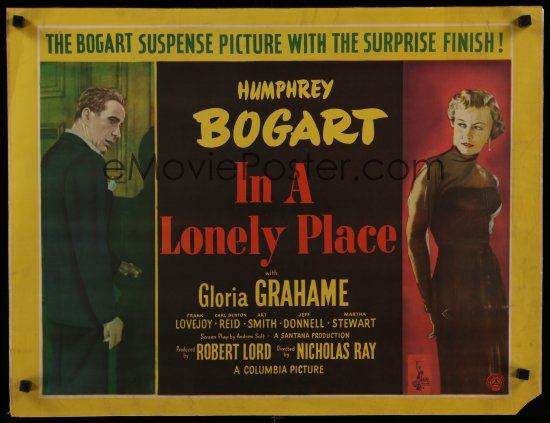Short Take: Ian Hugo’s “Bells of Atlantis” (1952/3)

Anaïs Nin is known for her diaries, her astutely and sensitively observed novels and short stories and one of the greats of belles lettres in 20th century literature. Her liaisons are well-known and her bigamy a thing of moderate scandal (she did get her marriage to her second husband Rupert Pole annulled, after all). What is not greatly known or appreciated is her work with her first husband, Hugh Parker Guiler/Ian Hugo, the electronic composers Bebe and Louis Barron, and Kenneth Anger. Ian Hugo studied and worked with William Stanley Hayter in Hayter’s atelier as an engraver in the 20s and 30s of the last century and turned to film in the fifties. While I haven’t any of his other works to compare this to, “Bells of Atlantis” is available on YouTube and it is a true find. When I first stumbled across it recently, I was apprehensive that this was going to be along the lines of Hans Richter’s more abstruse work. To be sure, there are similarities, but “Bells…” is more transcen


